
 |
 |
 |
The Art Center College of Design: Craig Ellwood’s Architectural Masterpiece
아트센터는 165,000스퀘어피트 면적의 인상적인 규모로 패서디나의 아름다운 자연 풍경 속에 위치한다. 엘우드의 건축디자인 방향이 고스란히 담겨진 건축물은 자연과 공생하는 지속가능한 건축으로 탁 트인 전망과 자연채광을 최대한 활용한다. 블랙 스틸과 글래스로 마감된 외관과 건축가의 시그니처 요소는 건축물을 경쾌하면서도 투명하게 구현한다. 이는 라파엘 언덕의 험준한 배경과 훌륭한 조화를 이룬다.
Finalized in 1976 under the visionary stewardship of American architect Craig Ellwood, the Art Center College of Design emerges as an architectural gem nestled in the heart of Pasadena, California. More than a mere educational institution, this structure stands as a beacon of modernist architecture, continually inspiring emerging generations of creatives with its embodiment of minimalistic elegance and functional aesthetics.
Ellwood’s unique approach during the 1970s brought forth a distinctive conceptual design for the Art Center that has since won widespread acclaim. This institution not only champions the boundless potential of modernist design but also accentuates its own ethos through its architectural identity. The resulting blend of form and function propels the spirit of the Art Center, embodying a symbiosis between design education and the progressive ethos of its architectural patrimony.
Craig Ellwood and His Vision of Modern Architecture
Born in 1922, Craig Ellwood, despite having no formal architectural education, emerged as a leading figure in mid-century modern architecture. His works, characterized by simplicity, clarity, and transparency, reflected the post-World War II design ethos. The Art Center College of Design stands as a living testament to his vision and design prowess.
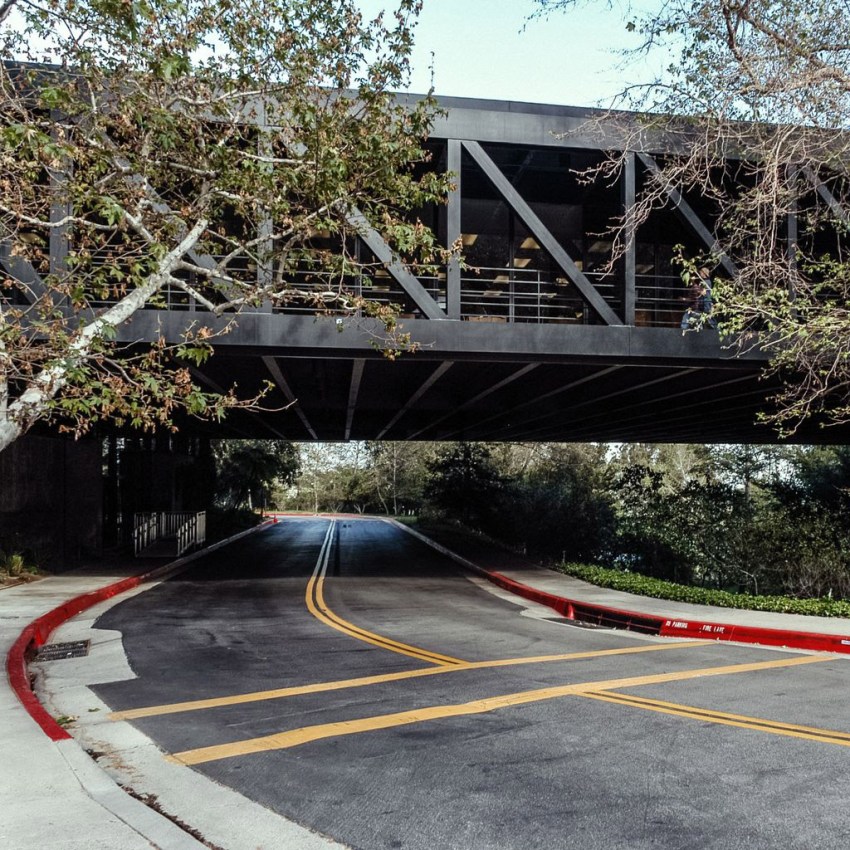






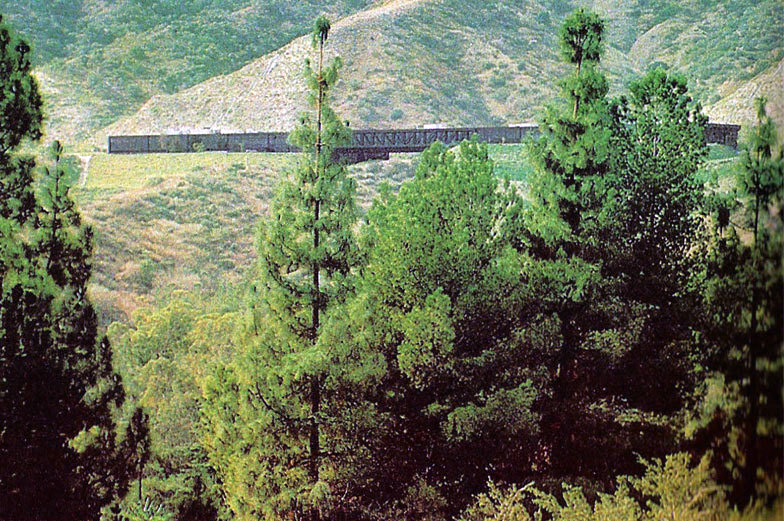







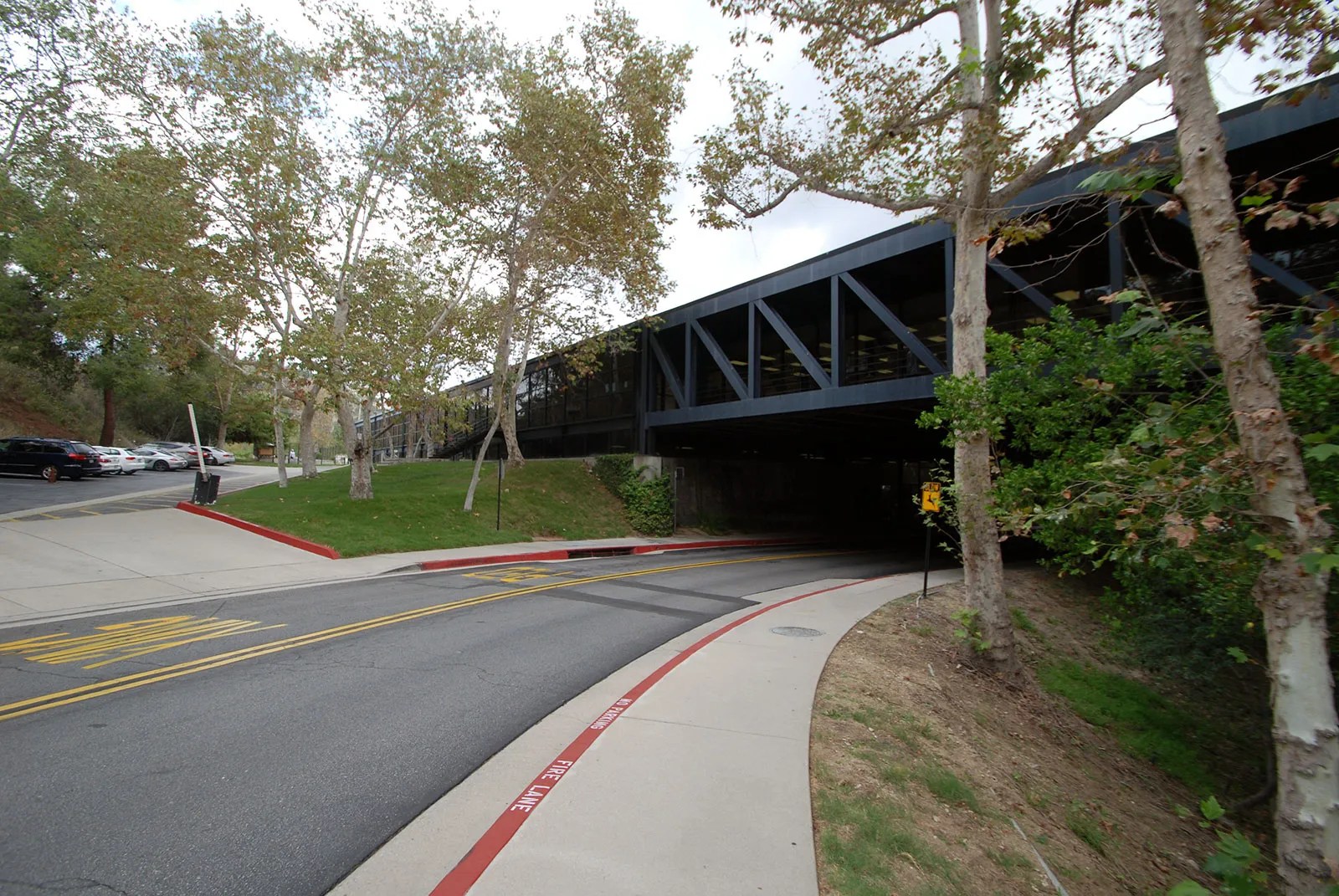



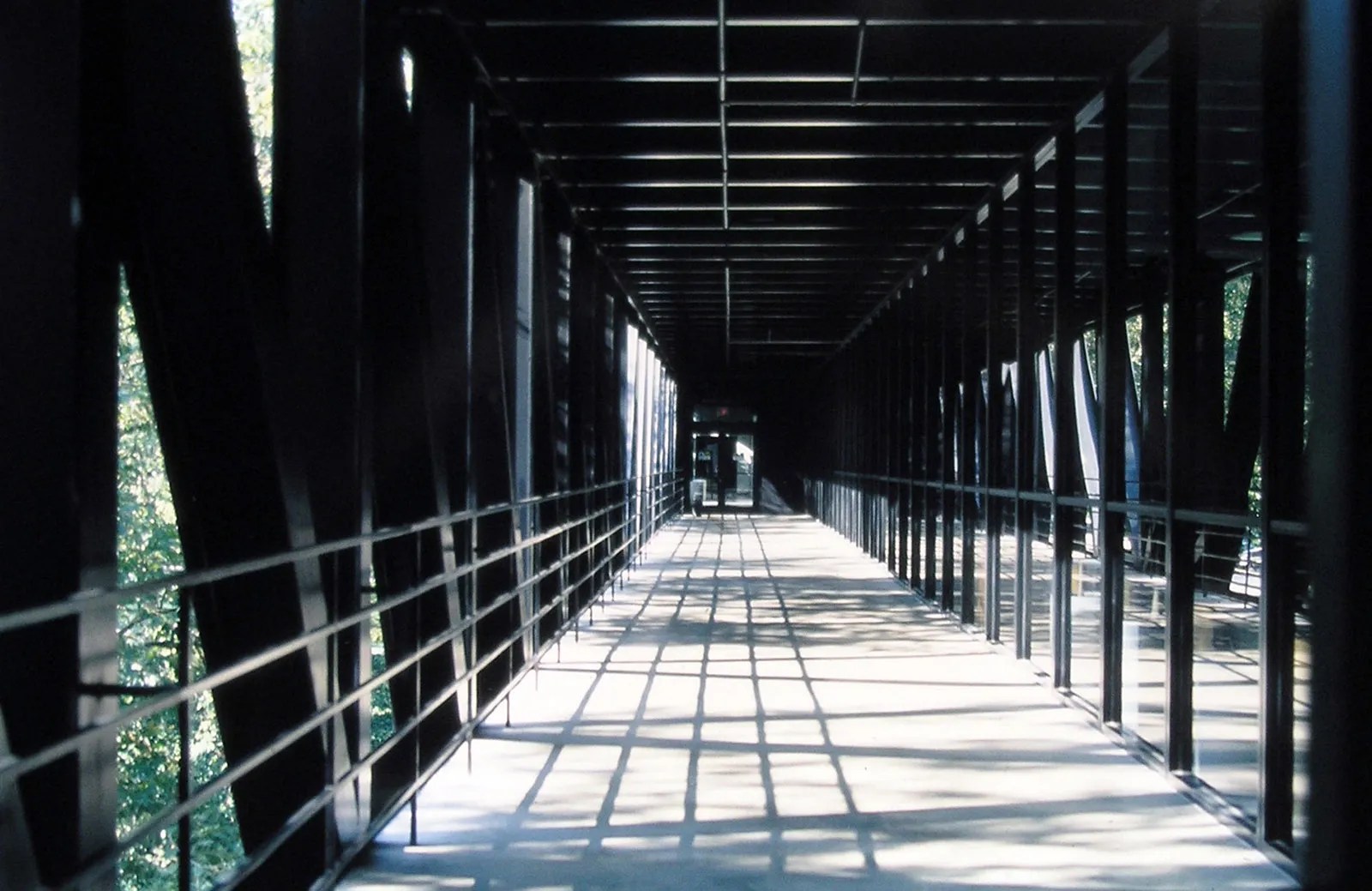

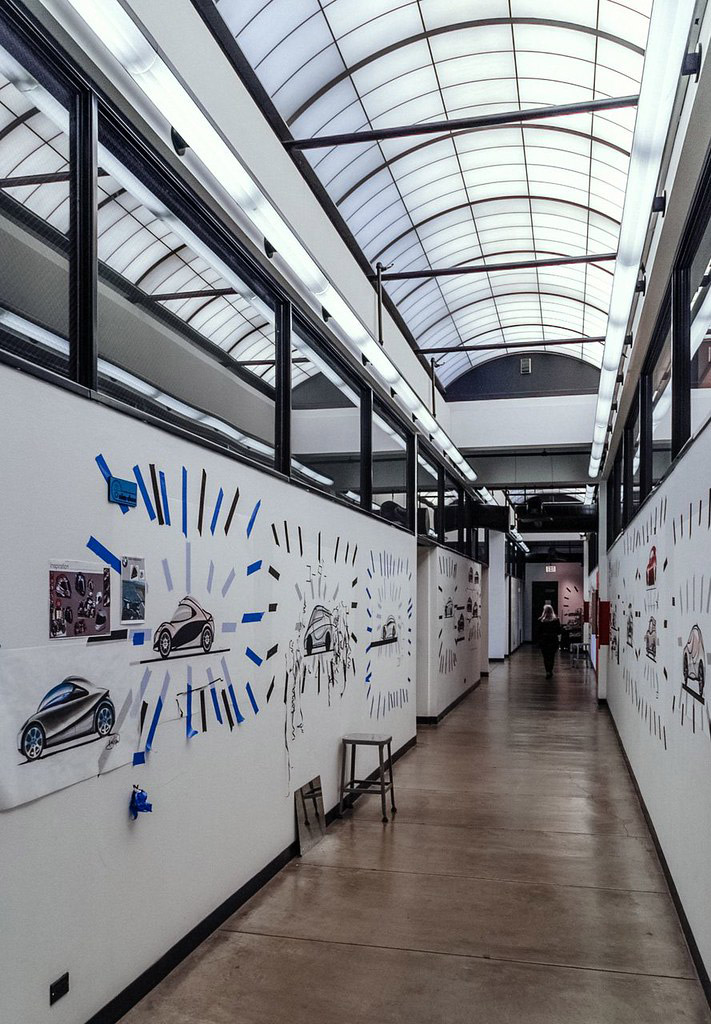

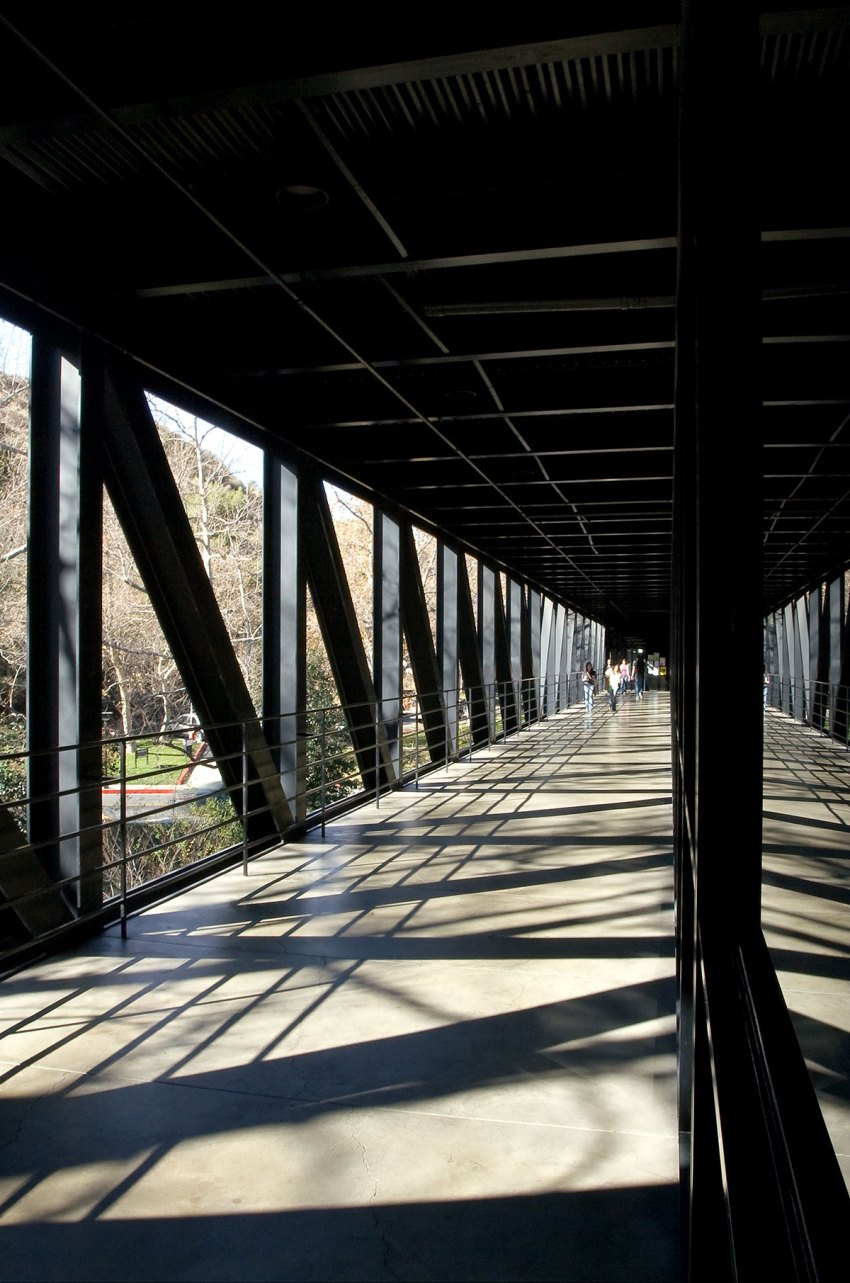


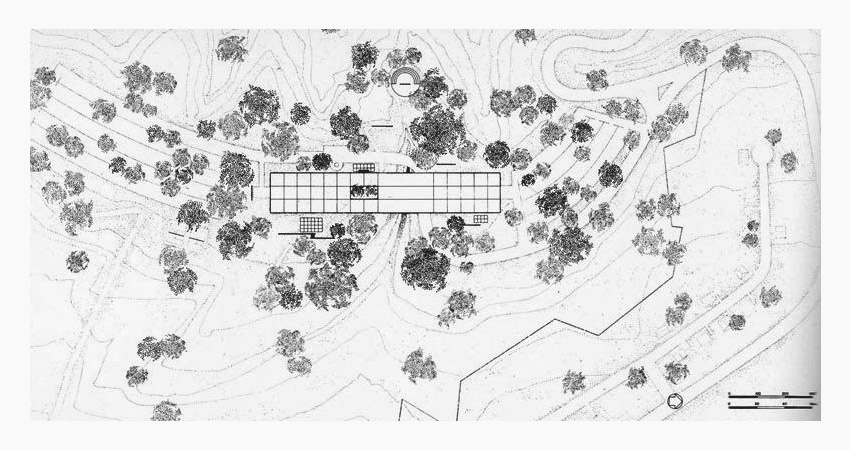

The Uniqueness of Art Center’s Design and Functionality
Ellwood’s design for the Art Center was groundbreaking. Hinged upon the principles of the International Style, the design prioritized functionalism, eschewing ornamentation in favor of open spaces, clean lines, and geometric clarity. It was a symbol of the future, brimming with the promise of innovation and creative freedom that the Art Center was to foster in its students.
The Art Center building stretches over an impressive 165,000 square feet, nestled amidst the natural beauty of the Pasadena landscape. Ellwood’s design is an architectural symbiosis between the built and the natural environment, making the most of the panoramic views and natural light. The signature Ellwood elements, including the steel-and glass facade, imbue the structure with a sense of lightness and transparency, juxtaposing brilliantly against the rugged backdrop of the San Rafael Hills.
Upon entering the building, one is greeted by a sprawling open concept interior. This grand, unobstructed space was conceived to foster a spirit of collaboration and free exchange of ideas among the students. The broad corridors lined with classrooms, studios, and workshops stand testament to Ellwood’s commitment to functional design. Each space, designed with its purpose in mind, contributes to the overall cohesion and efficiency of the institution.
One of the most striking aspects of Ellwood’s design for the Art Center is the iconic bridge structure. Spanning over an arroyo, the bridge symbolizes the idea of transcending traditional boundaries in art and design. It stands as a metaphor for the Art Center’s commitment to pioneering new ideas, encouraging its students to cross the bridge from conventional to groundbreaking.
The Art Center College of Design also hosts the notable Craig Ellwood Gallery. This unique space serves as a showcase for student and faculty work, as well as a tribute to the man who conceptualized the architectural masterpiece. Ellwood’s design for the gallery encapsulates his design philosophy, combining functional simplicity with a distinct, refined aesthetic.
Ellwood’s Philosophy and Its Impact on the Art Center
Throughout the campus, one can see Ellwood’s devotion to light and transparency. From the glass walls offering scenic views of the hills to the open floor plan maximizing natural light, the design is a study in how architecture can shape and be shaped by its surroundings. This unique integration of the natural environment not only reduces the building’s energy footprint but also inspires the students to consider sustainability in their creative endeavors.
Despite being designed in the mid 20th century, Ellwood’s Art Center College of Design remains a timeless piece of architecture. Its ability to adapt to changing times and remain relevant in the contemporary world speaks volumes about its inherent flexibility. This is evident in the way the building has been repurposed and renovated over the years, always adhering to Ellwood’s original design principles while accommodating modern needs.
The aesthetic appeal of the Art Center is not a mere indulgence but serves a greater purpose. The transparency, openness, and minimalist design of the college mirrors the creative process, where simplicity often leads to profound discoveries. Moreover, the structure’s harmony with its environment reflects the center’s focus on sustainable practices, encouraging students to incorporate these values into their work.
Ellwood’s vision for the Art Center was not confined to its structure alone. He envisioned an institution that would inspire students and educators alike to think beyond the ordinary, challenge conventions, and embrace innovation. This vision is reflected in the college’s unique curriculum, which fosters interdisciplinary learning and emphasizes creative problem-solving.
'Culture' 카테고리의 다른 글
| [ I.M. Pei ] The Miho Museum_An Ode to Harmony (0) | 2023.07.11 |
|---|---|
| *월컴 루프 In Situ Studio cuts "hoop" opening in cantilevered welcome centre roof (0) | 2023.06.23 |
| *로체스터 유니테리안 [ Louis Kahn ] The First Unitarian Church of Rochester (12) | 2023.06.05 |
| *퍼블릭 스위밍 풀 리노베이션 [ RAUM ] Public Swimming Pool & Spa Renovation in Britanny (12) | 2023.06.02 |
| *지엘에이 컨벤션 홀 [ Waro Kishi + K. Associates ] GLA Chukyo Hall (12) | 2023.05.24 |